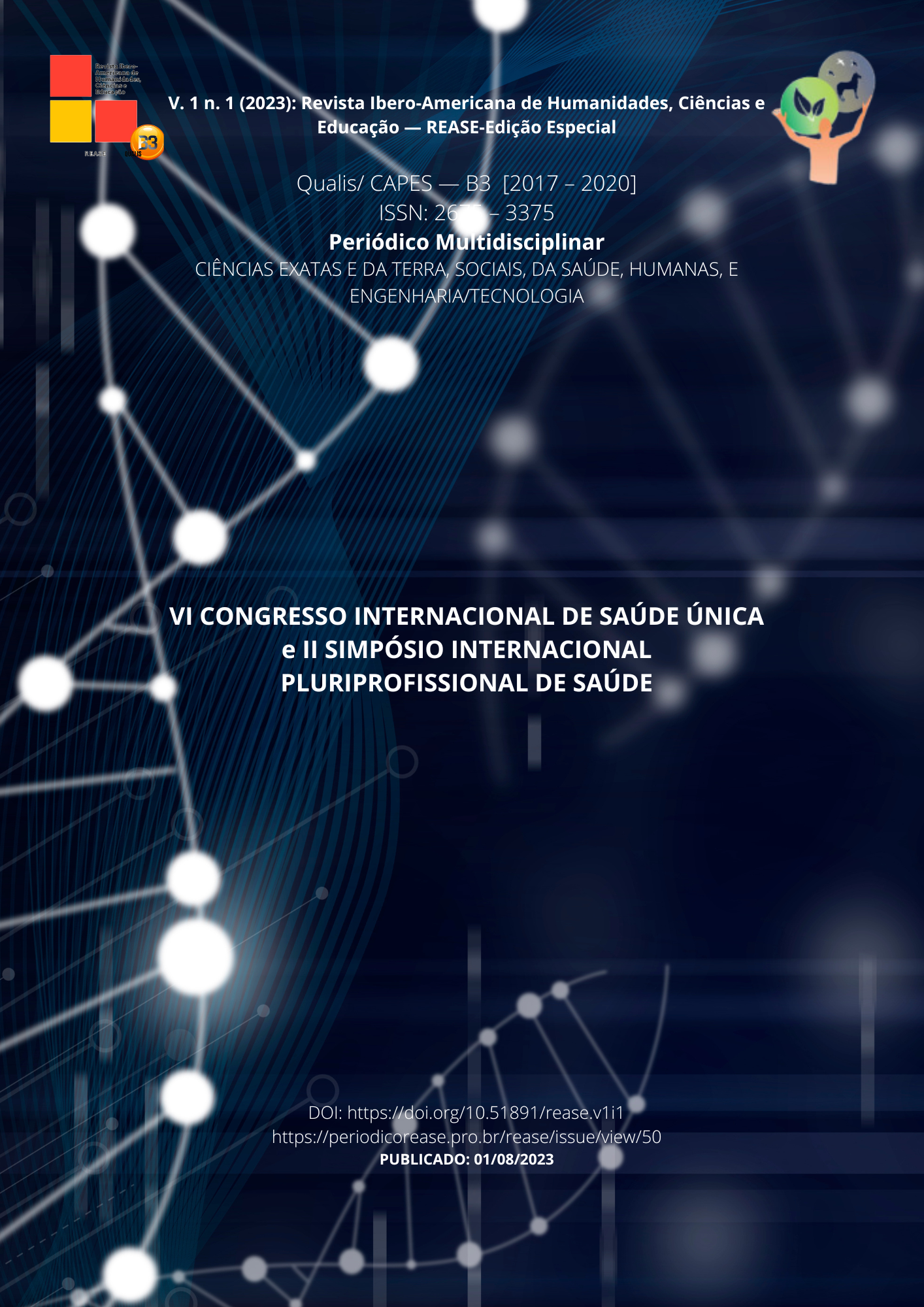OCCURRENCE OF ANTI-LEPTOSPIRA ANTIBODIES IN HUMANS AND DOGS IN THE SOUTHEAST REGION OF BRAZIL BETWEEN 2018 AND 2022: EPIDEMIOLOGICAL CORRELATIONS
DOI:
https://doi.org/10.51891/rease.v1i1.10537Keywords:
leptospirosis, serogroups, epidemiology.Abstract
Leptospirosis is a zoonotic infectious disease caused by the bacteria Leptospira spp. This research aimed to evaluate the prevalence of serovars against Leptospira spp. in humans and dogs in the Southeast region of Brazil during 2018 to 2022. For this, a systematic review of the literature was carried out. The Scielo, PubMed and Google Scholar platforms were used to identify articles that met the study requirements. After identifying the articles, 11 papers were identified. In the Southeast region, between 2018 and 2022, the most prevalent serovars in humans was Pyrogenes, while in dogs they were Icterohaemorrhagiae and Canicola. Furthermore, the serovar that was identified in dogs and humans in the same state was Icterohaemorrhagiae. Thus, it is concluded that in addition to quantifying the cases involving Leptospira spp. in dogs and humans in the Southeast region, it was possible to identify the variety of Leptospira serovars circulating in the region, common for both species.
Downloads
Downloads
Published
How to Cite
Issue
Section
License
Atribuição CC BY

